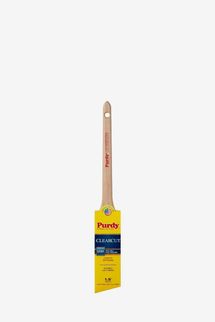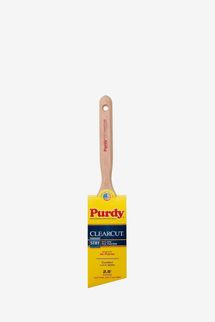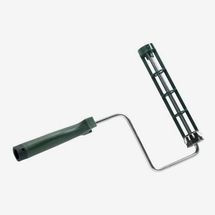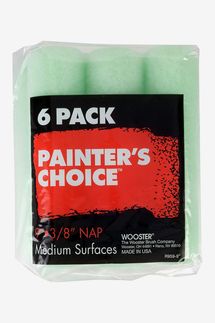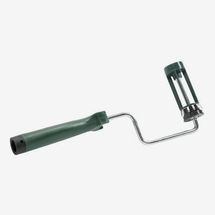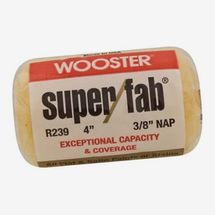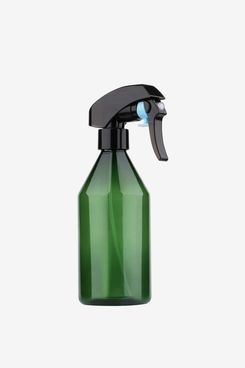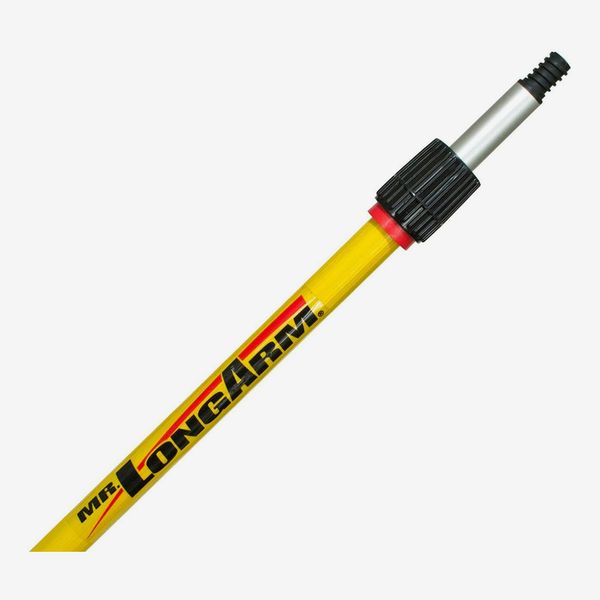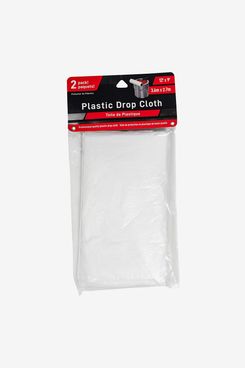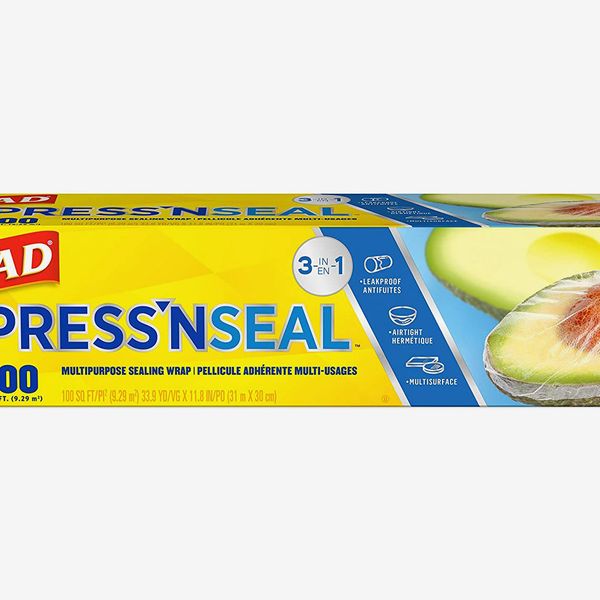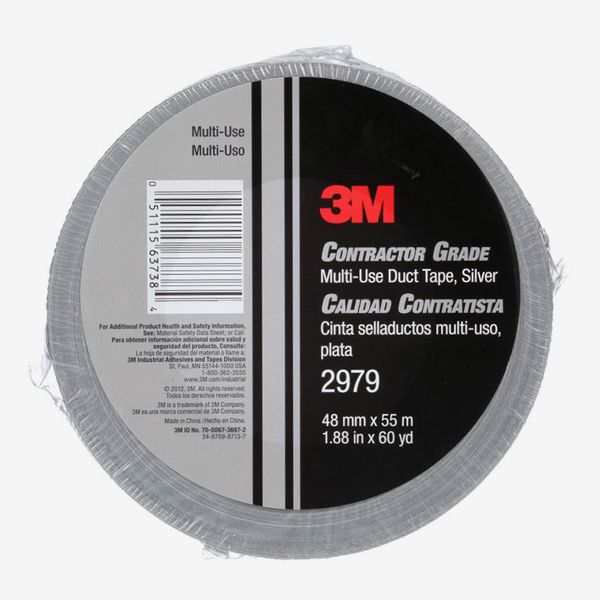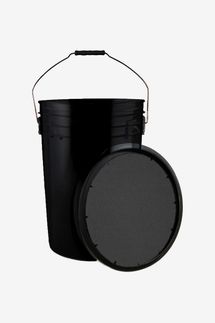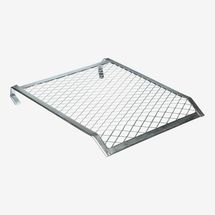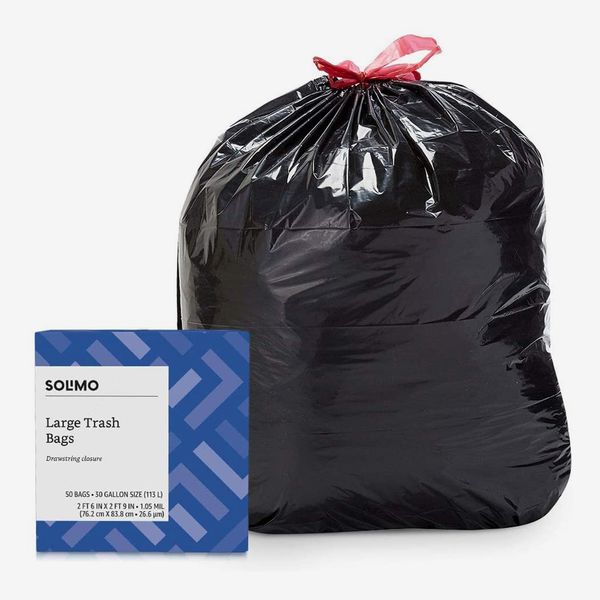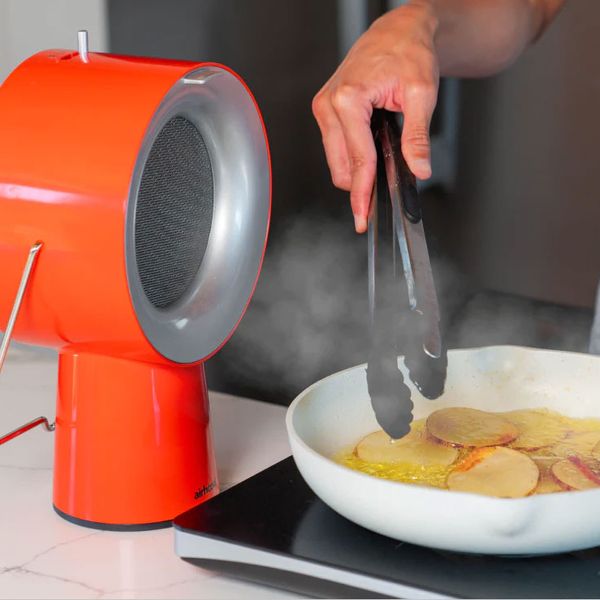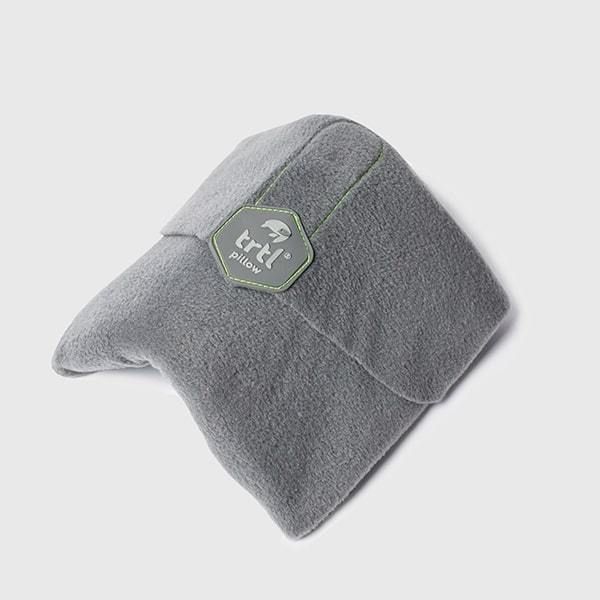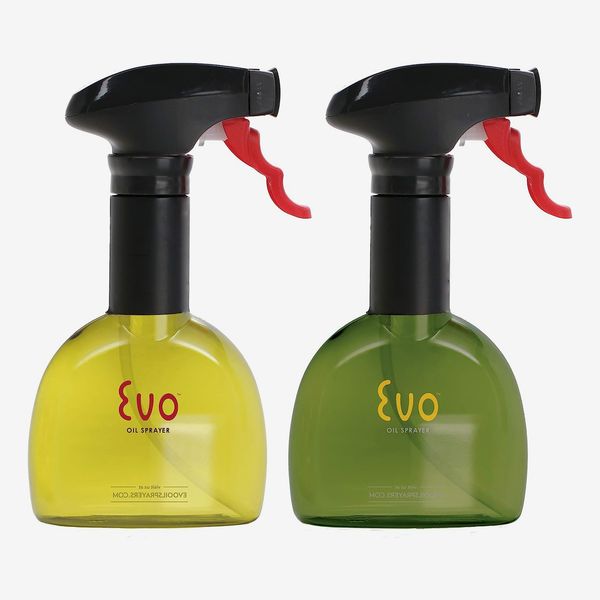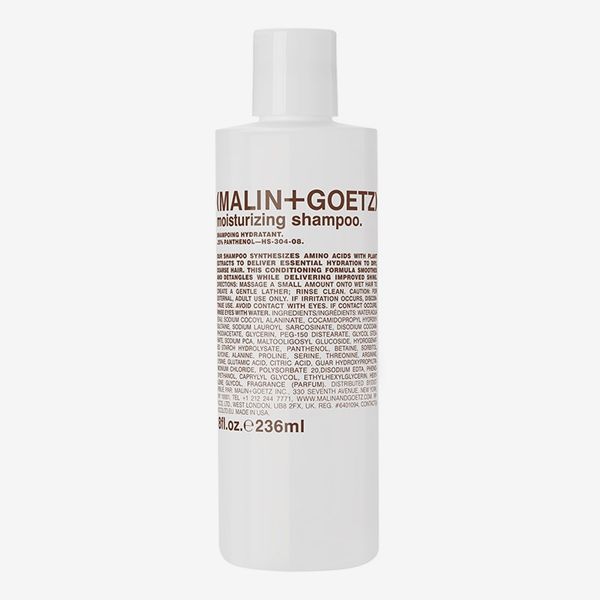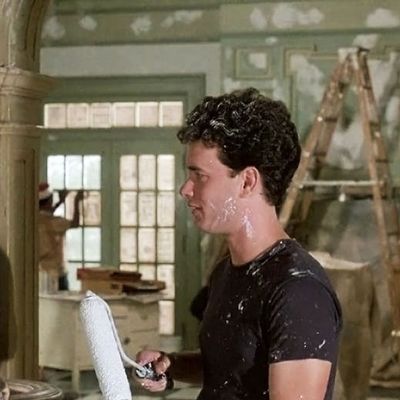
Since the start of the pandemic, we’ve all been spending an inordinate amount of time at home. Some of us have used the time to pick up new hobbies, read great books, or even redecorate. If you’re in that last group, one of the easiest ways you can change up your space is with paint. It’ll brighten up your apartment, and if you pick the right color, you can relieve stress and improve your mood — something all of us could benefit from right now.
As a longtime contractor and serial do-it-yourselfer, I have decades of painting experience. Here are some of the best tips, techniques, and tools that I’ve picked up along the way. We’ll start with the simplest one: The best paint for interior surfaces is acrylic latex paint, which has excellent adhesion and cleans up with soap and water. See below for the rest.
Buy the right tools
Of the dozens of different painting tools available, you’ll only need two paintbrushes and two paint rollers. For brushes, get a 1½-inch-wide sash brush and a 2½-inch-wide sash brush. I prefer sash brushes to standard paint brushes because their angled bristles allow you to apply paint very neatly and smoothly in corners, along edges, in tight spaces, and along the tops of walls at the ceiling.
To paint broad, flat surfaces, use a standard 9-inch paint roller with a 3/8-inch-thick nap paint-roller sleeve. (Nap refers to the fluffy surface of the sleeve.) If you’re painting a particular rough or heavily textured surface, like concrete or those horrible old popcorn ceilings, use a thicker ½-inch nap roller cover.
You’ll also want to pick up a 4-inch mini trim roller, which lets you roll paint onto areas that are too narrow for the 9-inch roller. This includes spaces above doors, around bookcases and between windows.
Condition your paint roller
Before using a new paint-roller sleeve, it’s important to condition it, so that it will easily and consistently absorb paint. Slide the new sleeve onto the paint-roller frame, and spin it as you liberally spray it with water from a mister. Remove the excess water by spinning the sleeve quickly, then use the dampened, conditioned sleeve to immediately apply paint
Get an extension pole
One of the very best wall-painting accessories is a paint-roller extension pole. The adjustable, telescopic pole screws right into the threaded end of the paint-roller handle, extending your reach by 3 to 12 feet.
Cover your drop cloth
A plastic drop cloth protects floors and furniture, but it doesn’t absorb paint drips and spills. So if you step in wet paint, you might track it through your home. After spreading out a plastic drop cloth like this one, cover it with newspaper. The paper will absorb paint spatters and create a less slippery surface.
Use plastic wrap to protect surfaces…
For surfaces that drop cloths can’t easily protect from spatters (think things that can’t be easily moved out of the way, like toilets, sinks, light fixtures, and counters), buy a roll of adhesive-backed plastic food wrap, such as Glad’s Press/N Seal. Unroll the plastic wrap and stick it to the surface.
… And to store paint
Before tapping the lid closed, take a piece of that plastic wrap and push it down into the can so it lies right on top of the paint. Then press the wrap against the sides of the can. Replace the lid and set the can on a shelf. The plastic wrap will seal out air and keep the paint fresher longer.
Make a strike wire
Cut a length from a wire clothes hanger that extends beyond the edges of the top of your can of paint. Bend each end at 90 degrees so it sits against the outside of the can. Wrap the can with a strip of duct tape to secure the wire. Now, dip your paintbrush into the paint and then wipe — or strike off — the excess paint by wiping the bristles against the wire. Instead of gathering in the lip, where it can easily spill, the paint falls back into the can.
Use a bucket for big jobs
A standard paint tray is fine when you’re painting only a room or two. If it’s much more than that, use a five-gallon bucket equipped with a roller grid. To use it, start by filling the bucket halfway with paint, then hang the grid in the bucket. Now dip the roller into the paint, and roll it against the grid to remove excess paint, which drips back into the bucket. At the end of the day, if you’re not finished, instead of needing to pour your paint back into the can, just drop the grid into the bucket and snap on the lid. Everything will be ready for you in the morning.
Tie your brushes up for breaks
There’s no need to clean your paintbrush or paint roller every time you take a break. Just slip each into a plastic grocery bag and twist-tie the bags closed to keep the brush and roller fresh for two or three hours. If you’re not going to resume painting until the following day, tightly wrap the paintbrush and roller sleeve in plastic food wrap, then put them in a plastic grocery bag, tie them off, and put them in the fridge. Pull them out about an hour before you’re ready to start painting again.
Bag your lights
When painting a ceiling, it’s not necessary to take down a chandelier, pendant light or ceiling fan. Instead, you can save a lot of time by simply slipping a large plastic trash bag over the entire fixture. Secure the bag with a twist tie, and start painting.
Use kitty litter to get rid of old paint
Anyone who’s painted seems to have old half-used cans of paint left over. Never pour it down the sink or flush it down the toilet. If it’s too old to donate to a school’s art department or the local chapter of Habitat for Humanity, fill the can with cat litter or finely shredded newspaper. Leave the lid off until all the paint has been absorbed, then toss it out with your household trash.
Never forget another paint name
After painting a room, it’s important to keep track of the paint used so you can buy more when it comes time to touch up or repaint the room. Before replacing the light switch covers in the newly painted room, write the paint’s brand name, color, and number onto a piece of masking tape, and stick it to the back of a switch cover. You’ll know exactly where to find it when it’s time to repaint.
The Strategist is designed to surface the most useful, expert recommendations for things to buy across the vast e-commerce landscape. Some of our latest conquests include the best acne treatments, rolling luggage, pillows for side sleepers, natural anxiety remedies, and bath towels. We update links when possible, but note that deals can expire and all prices are subject to change.
